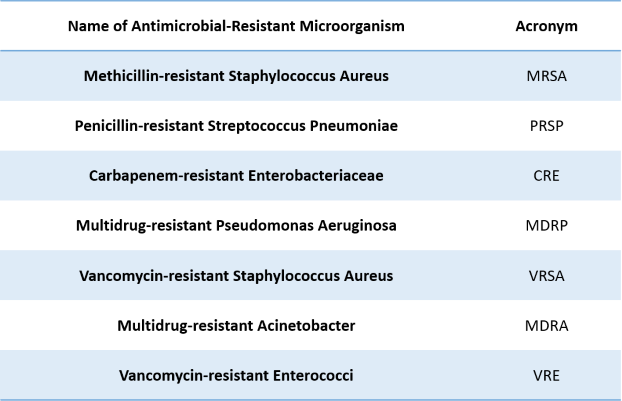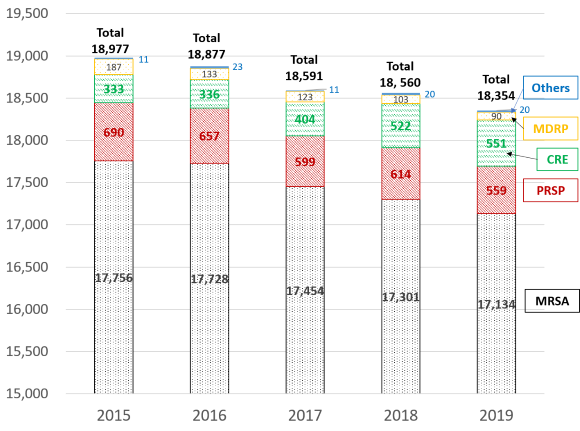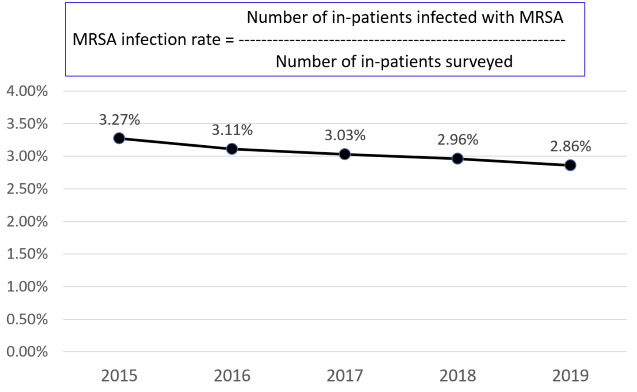Column Finance and the Social Security System 2020.09.25
【Aging, safety net and fiscal crisis in Japan】No.278:Threat of Antimicrobial-Resistant Microorganisms Exceeds That of Coronavirus Disease
In this column series, Yukihiro Matsuyama, Research Director at CIGS introduces the latest information about aging, safety net and fiscal crisis in Japan with data of international comparison.
On December 5th, 2019, the Antimicrobial Resistance Clinical Research Center, established at the National Center of Global Health and Medicine, released a report on the number of deaths in 2017 due to methicillin-resistant Staphylococcus aureus (MRSA) and fluoroquinolone-resistant Escherichia coli (FQREC). Since the death toll from coronavirus disease (COVID-19) in Japan was 1,349 as of September 5th, 2020, it can be said that the risk of antimicrobial-resistant microorganisms is greater than that of COVID-19. In the report, the Antimicrobial Resistance Clinical Research Center quoted a prediction (*) that the number of deaths per year due to antimicrobial-resistant microorganisms will reach 10 million worldwide by 2050.
Because antimicrobial resistance, whereby bacteria and viruses change and antibiotics do not work effectively, is a global issue, the United Nations recommends that each country implement measures to address this challenge. With so many different types of antimicrobial-resistant microorganisms evolving as a result of people's inappropriate use of antibiotics over many years, the Ministry of Health, Labuor and Welfare has been investigating the number of in-patients infected with the seven antimicrobial-resistant microorganisms shown in Table 1. The purpose is to collect basic data for nosocomial infection prevention measures.
Table 1 Antimicrobial-resistant microorganisms surveyed by the Ministry of Health, Labour and Welfare

Source: Ministry of Health, Labour and Welfare
While the number of hospitals surveyed increased from 806 in 2015 to 914 in 2019, the total number of in-patients infected with one of the seven antimicrobial-resistant microorganisms decreased from 18,977 to 18,354 during the same period, as shown in Figure 1. However, the 914 hospitals surveyed in 2019 only made up 10.9% of the 8,372 hospitals in Japan; therefore, it is necessary to take measures based on
the assumption that the actual number of infected in-patients greatly exceeds the results of this survey.
Figure 2 shows the infection rate of MRSA among all the patients surveyed. MRSA, which occurs most frequently among antimicrobial-resistant microorganisms, is Staphylococcus aureus, which, according to its name, is resistant to the antibacterial drug methicillin (although in most cases, it is also resistant to other antibacterial drugs). Although the infection rate fell from 3.27% in 2015 to 2.86% in 2019, this problem remains a major threat in the medical field.
Figure 1 Number of patients infected with antimicrobial-resistant microorganisms in hospitals

Source: Antimicrobial Resistance Clinical Research Center
Figure 2 Methicillin-resistant Staphylococcus aureus (MRSA) infection rate

Source: Antimicrobial Resistance Clinical Research Center
(*) The Review on Antimicrobial Resistance.
Tackling Drug Resistant Infections Globally: Final Report and Recommendations
(May 2016).
